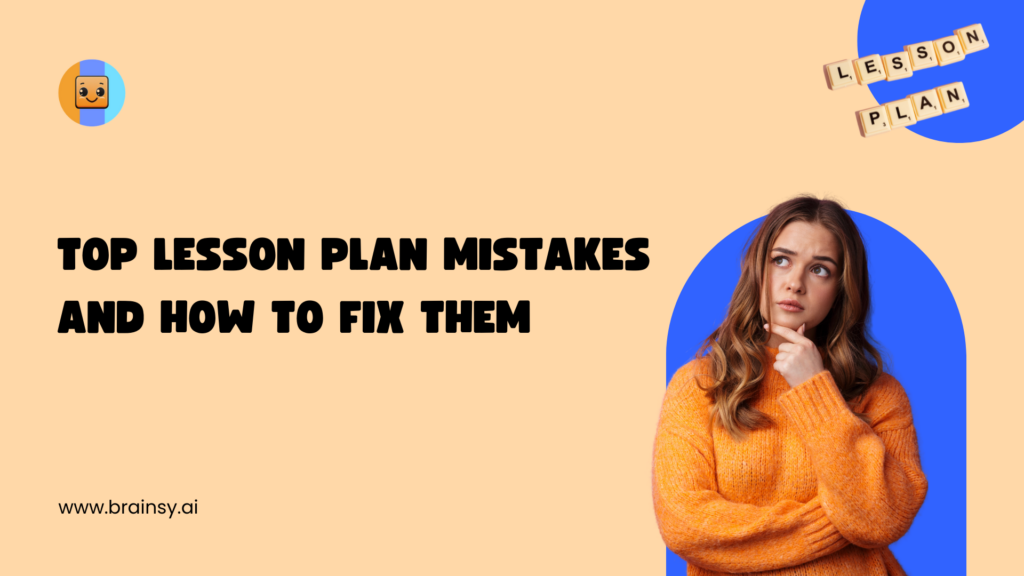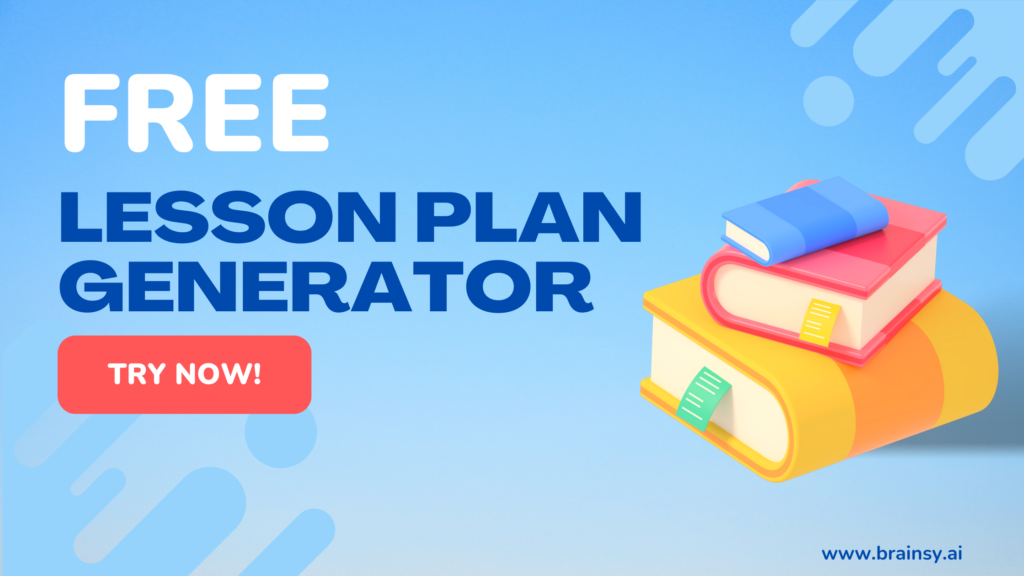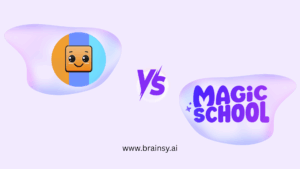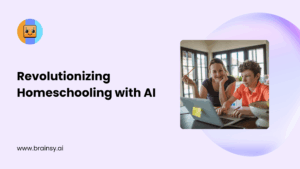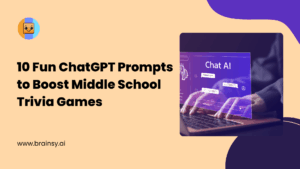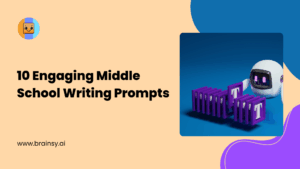Understanding the Importance of Lesson Plans
As educators, we recognize that lesson plans are foundational tools in our teaching arsenal. They serve as blueprints for guiding classroom instruction and ensuring that learning objectives are met. Without effective lesson plans, the educational process can become disorganized and less impactful. A well-structured plan provides clarity and direction, helping both teachers and students achieve their goals more efficiently.
A well-crafted lesson plan enables us to anticipate challenges, allocate sufficient time for each activity, and tailor the content to suit diverse learning needs. This foresight is crucial in creating an inclusive classroom environment where every student has the opportunity to succeed. Furthermore, lesson plans facilitate smoother transitions between topics, minimizing downtime and keeping students engaged.
In essence, lesson plans are more than mere guidelines; they are instrumental in fostering a productive learning environment. With adequate preparation, we can focus more on delivering content effectively rather than worrying about logistical details during class. This proactive approach not only enhances our teaching but also enriches the learning experience for our students, especially when considering the growing importance of integrating technology into the classroom and the use of technology in education. Tools like a lesson plan generator can also support this process by helping educators save time and stay organized
Common Mistakes in Lesson Planning
Despite our best intentions, several common pitfalls can undermine the effectiveness of our lesson plans mistakes. One frequent mistake is overloading the plan with too much content. While it’s natural to want to cover a wide range of material, attempting to squeeze excessive information into one lesson can overwhelm students and dilute understanding. It’s important to prioritize key concepts and allow sufficient time for exploration and discussion.
Another common oversight is failing to consider the diverse learning styles and abilities of students. A one-size-fits-all approach is rarely effective in today’s varied classrooms. Ignoring the unique needs of individual learners can result in disengagement and hindered progress. We must strive to incorporate varied instructional methods, such as visual aids, hands-on activities, and group work, to cater to different preferences and promote collaborative learning.
Additionally, neglecting to incorporate assessment and feedback mechanisms within lesson plans mistake. Continuous assessment helps gauge student comprehension and provides insights into areas that may require additional focus. By including opportunities for feedback, we can adjust our teaching strategies in real-time, ensuring that learning objectives are consistently met. This approach aligns with the principles of instructional design and curriculum design, and can be enhanced through the use of digital assessment tools and AI tools for teachers.
The Impact of Ineffective Lesson Plans on Student Learning
When lesson plans fall short, the repercussions on student learning can be significant. A lesson plan mistake can lead to confusion and disengagement, as students struggle to grasp concepts without clear guidance. This can result in a lack of motivation and a decrease in academic performance, ultimately widening the achievement gap and impacting student achievement.
Moreover, a poorly structured lesson plan mistake can create a chaotic classroom environment. Without a clear roadmap, transitions between activities may become haphazard, leading to wasted time and lost opportunities for meaningful learning. Students may become restless, and the overall atmosphere can become less conducive to education and critical thinking.
The long-term effects of ineffective lesson planning can be detrimental to students’ academic journeys. When foundational concepts are not thoroughly understood, it becomes challenging for students to build upon them in future lessons. This cumulative impact can hinder their ability to succeed in subsequent courses and diminish their confidence in their academic abilities. It’s crucial to consider how technology helps students learn and incorporate these insights into our planning process to enhance knowledge construction and support student-centered learning.
Strategies for Effective Lesson Planning
To enhance the efficacy of our lesson plans, we must adopt strategic approaches that align with best practices in education. One effective strategy is to set clear, measurable learning objectives. By defining specific goals, we can focus our teaching efforts and provide students with a clear sense of purpose and direction.
Another key strategy is to incorporate flexibility into our plans. While structure is essential, we must also be prepared to adapt to unexpected circumstances, such as additional time needed for comprehension or spontaneous questions from students. Building in buffer time and being open to modifying plans can lead to a more responsive and dynamic classroom environment.
Furthermore, collaboration with colleagues can greatly enhance lesson planning. Sharing ideas and resources allows us to benefit from diverse perspectives and experiences. Engaging in professional learning communities or team planning sessions fosters a culture of continuous improvement and helps us refine our instructional practices. This collaborative approach is particularly valuable when considering how to create a lesson plan with technology integration, as it allows for the exchange of innovative ideas and best practices in technology engagement.
How to Align Lesson Plans with Learning Objectives
Alignment between lesson plans and learning objectives is crucial for ensuring that instructional time is used effectively. A well-aligned plan begins with a clear understanding of the desired outcomes. We must identify the core competencies and skills that students should acquire by the end of the lesson and design activities that directly support these objectives.
A common lesson plan mistake is failing to ensure this alignment, which can lead to off-track instruction and missed learning goals. To achieve alignment, it is essential to use backward design principles. Starting with the end goals in mind, we can work backward to develop activities and assessments that lead students toward achieving those objectives. This approach ensures that every component of the lesson plan is purposeful and contributes to the overall learning experience.
Additionally, aligning lesson plans with curriculum standards is vital for maintaining consistency and meeting educational benchmarks. Regularly reviewing and updating plans to reflect changes in standards or new educational research helps ensure that our teaching remains relevant and effective. Another lesson plan mistake is overlooking updates in standards, which can lead to outdated or misaligned content. By aligning our plans with both learning objectives and curricular standards, we can provide students with a cohesive and high-quality education. This process can be enhanced by creating an ICT lesson plan, which incorporates digital technology to support learning outcomes and foster digital literacy skills.
Tips for Engaging Students Through Lesson Plans
Engagement is a critical factor in student success, and our lesson plans play a pivotal role in fostering an interactive and stimulating learning environment. To enhance engagement, we can integrate a variety of instructional strategies that cater to different learning styles. Incorporating multimedia resources, such as videos and interactive activities, can capture students’ attention and make learning more dynamic.
Another effective approach is to include opportunities for student participation and collaboration. Group work, discussions, and peer teaching encourage active involvement and allow students to learn from one another. By creating a classroom culture that values student voices and contributions, we can boost motivation and investment in the learning process.
Additionally, real-world connections can make lesson content more relevant and engaging. By relating topics to students’ lives and interests, we can enhance their understanding and make learning more meaningful. Incorporating project-based learning or case studies that address real-world issues can help students see the practical applications of their knowledge. Using engaging technology in the classroom to boost student engagement is particularly effective, as it allows for interactive and immersive learning experiences.
The Role of Feedback in Improving Lesson Plans
Feedback is an invaluable tool for refining and improving our lesson plans. Regularly seeking input from students provides insights into what aspects of the lesson were effective and where improvements are needed. Student feedback can highlight areas where additional clarification or alternative approaches may be beneficial.
In addition to student feedback, peer observations and collaborative reflection can offer valuable perspectives. Engaging in discussions with colleagues about lesson effectiveness and sharing constructive criticism can lead to enhanced teaching practices. This collaborative approach fosters a supportive environment where continuous improvement is valued.
Moreover, self-reflection is a critical component of using feedback to improve lesson plans. Taking time to evaluate the success of a lesson and identify areas for growth enables us to make informed adjustments in future planning. By embracing feedback from multiple sources, we can continually refine our lesson plans and enhance our teaching effectiveness. Incorporating real-time feedback through digital tools can further support this process, allowing for immediate adjustments and personalized learning experiences.
Utilizing Technology to Enhance Lesson Plans
Incorporating technology into lesson plans can significantly enhance the learning experience and provide students with valuable digital skills. Educational technology tools offer a range of possibilities for creating interactive and personalized learning environments. By leveraging these tools, we can increase classroom engagement and facilitate deeper understanding.
One way to integrate technology is through the use of digital platforms for collaboration and communication. Online discussion boards, virtual classrooms, and collaborative documents enable students to work together and share ideas beyond the confines of the physical classroom. This fosters a sense of community and allows for continuous learning.
Additionally, technology can be used to differentiate instruction and accommodate diverse learning needs. Adaptive learning platforms and educational apps provide personalized learning experiences tailored to individual student progress. By utilizing technology, we can offer targeted support and challenge students at their own pace, maximizing their potential for success. Learning management systems (LMS) can be particularly helpful in organizing and delivering content, as well as tracking student progress and providing timely feedback. Exploring how to engage students with technology can lead to more dynamic and effective lesson plans.
Professional Development Resources for Improving Lesson Plans
Continuous professional development is essential for staying current with educational trends and enhancing our lesson planning skills. Numerous resources are available to support educators in their pursuit of excellence. Online courses, webinars, and workshops provide opportunities to learn new strategies and gain insights from experts in the field. Reading articles on technology in the classroom can be particularly helpful in staying updated on best practices—and in learning how to avoid repeating a common lesson plan mistake.
Professional development communities, both online and in-person, offer a platform for sharing resources and collaborating with other educators. Engaging in these communities allows us to exchange ideas, receive feedback, and stay connected with innovative approaches. These shared insights can help us recognize and address a lesson plan mistake early, before it affects student outcomes.
Additionally, educational literature and research publications offer practical guidance on effective planning. By staying informed about evidence-based strategies and emerging trends, we can continually refine our teaching methods and create more impactful learning experiences. Exploring statistics about technology in education can guide decisions around tech-enabled learning, while student engagement tools can further enhance our plans and improve classroom dynamics.
Conclusion: Transforming Your Lesson Plans for Better Outcomes
In conclusion, effective lesson planning is a critical component of successful teaching. By understanding the common lesson plan mistakes that undermine lesson plans and implementing strategies for improvement, we can create more engaging and impactful learning experiences for our students. Aligning lesson plans with learning objectives, incorporating feedback, and leveraging technology integration are key factors in enhancing our instructional practices and supporting pedagogical models that promote student success.
As educators, we have a responsibility to continually refine our lesson plans and adapt to the evolving needs of our students. By investing in our professional development and embracing innovative approaches, we can transform our lesson plans into powerful tools for student success. This includes staying informed about the latest trends in classroom technology and exploring new ways of engaging students with technology, helping to ensure we don’t repeat the same lesson plan mistake in future instruction.
Call to Action: I invite you to reflect on your current lesson planning practices and consider implementing some of the strategies discussed in this article. By taking proactive steps to enhance your lesson plans, including the integration of technology and digital learning benefits, you can make a meaningful difference in your students’ learning journeys. Let’s work together to create vibrant and effective educational experiences that inspire and empower the next generation of learners through innovative, technology-integrated lesson plans that foster critical thinking and collaborative learning.

